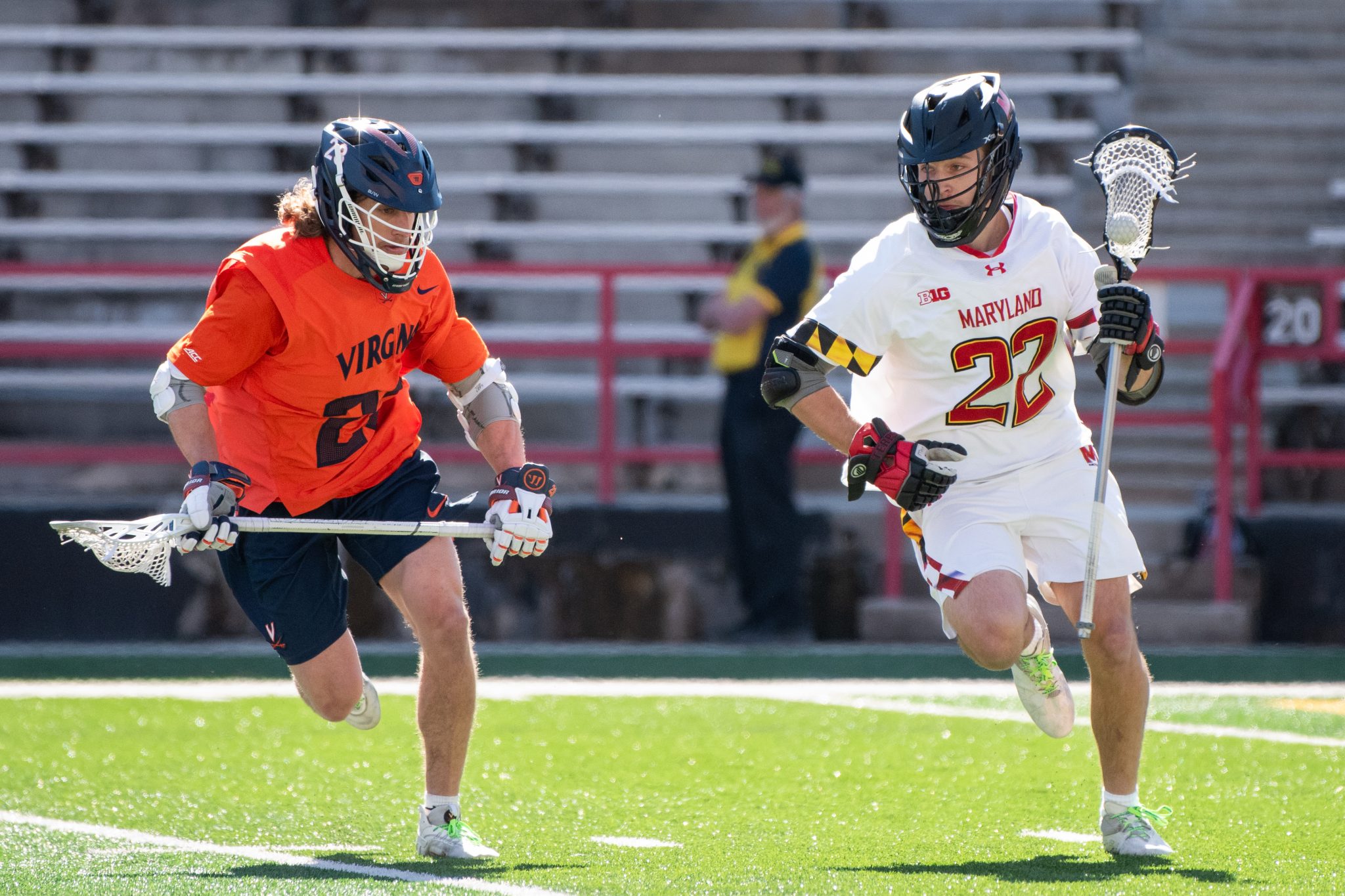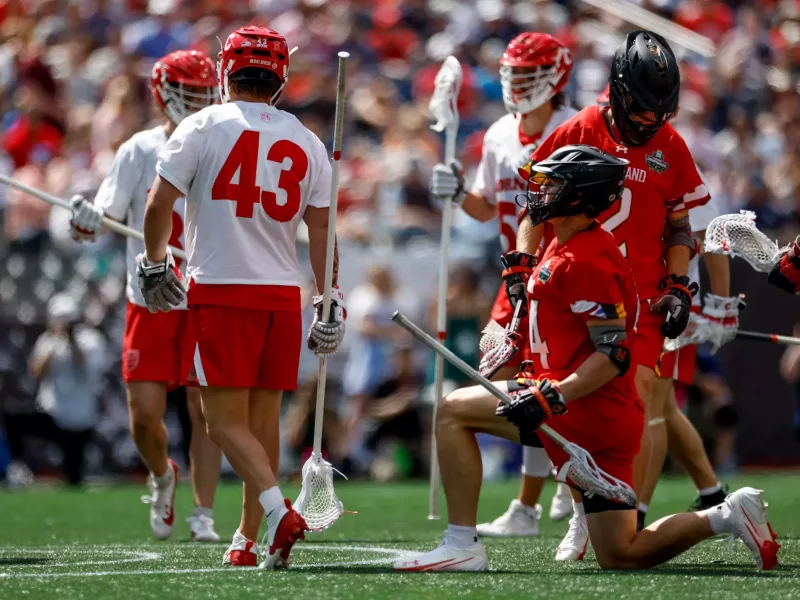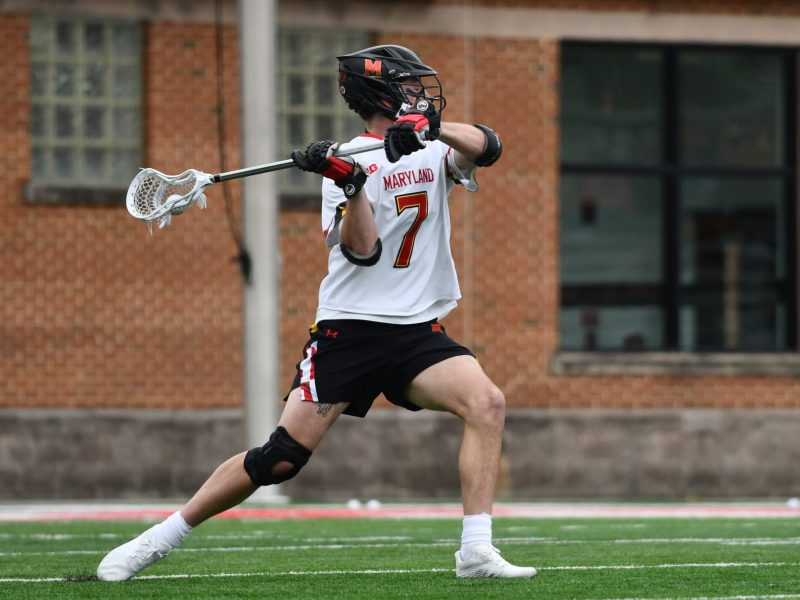Maryland men’s lacrosse has reached the NCAA Tournament every season since 2003, excluding the pandemic-shortened 2020 campaign. Only twice in coach John Tillman’s tenure have the Terps failed to advance past the tournament’s first round.
Maryland’s continued excellence has stemmed from its ability to recruit adaptable players. Tillman prides himself on nabbing unselfish players who are willing to do what’s needed for the overall success of the team, he said.
That theme rings true for the 2024 Terps.
“The versatility piece is huge in recruiting,” Tillman said. “We’re trying to look for guys that can play multiple positions … having some guys that can slide into different spots really helps.”
Many of the Terps’ midfielders boast this trait.
Jack Koras, a five-star recruit in 2020, spent his first two seasons with the second midfield line, affecting both Maryland’s offense and defense. He totaled 18 goals and 12 ground balls.
[Maryland men’s lacrosse hasn’t won the possession battle in its midseason skid]
Koras’ multifaceted skill set continued when he became a full-time starter during his junior campaign. Koras was one of just three Terps to accumulate at least 20 goals and 20 ground balls in 2023.
The senior’s adaptability has continued this season — he ranks in the top five on Maryland in both points and ground balls.
“Earlier in my career being able to do both, learn both sides and the schemes, really helped me,” Koras said.
Eric Spanos followed Koras’ path. Spanos — a five-star recruit in 2021 — didn’t see action his freshman season but appeared on the Terps’ second midfield line in 2023, tallying 18 goals and seven ground balls.
Spanos became a full-time starter this season. His versatility has shown with the increased playing time, one of just two Maryland midfielders with at least 10 goals and five ground balls this season along with Ryan Siracusa.
[No. 7 Maryland men’s lacrosse loses second straight game, falls 12-11 to Michigan]
Siracusa played sparingly his first three years in College Park before carving out a role on Maryland’s second midfield line last season. The former three-star recruit earned his first career start in the Terps’ second game this year and has been a mainstay for the first midfield line, totaling 10 goals and six ground balls through eight games.
Three of Tillman’s short-stick midfielders — Eric Kolar, Nick Redd and George Stamos — didn’t specialize in that position early in their playing days. Kolar began as an offensive weapon, while Redd and Stamos played mostly long-stick, Tillman said.
Tillman believes good short-stick defensive midfielders have great footwork, can navigate clears and pressure and can defend off the ball. Elite short-stick defensive midfielders have an offensive prowess and can score goals when needed, the coach said — Redd and Stamos have each scored this season.
“The short sticks are so important,” Tillman said. “If you don’t need to support them quite as much, it certainly makes everybody else’s job a lot easier.”
The versatility of Maryland’s players has been one of the program’s staples. The majority of its midfielders this season are impactful on offense and defense, important for a team that’s been average on both ends.
The Terps will need adaptability from their midfielders to have success in the gauntlet of Big Ten play, and to snap out of their early-season rut.



